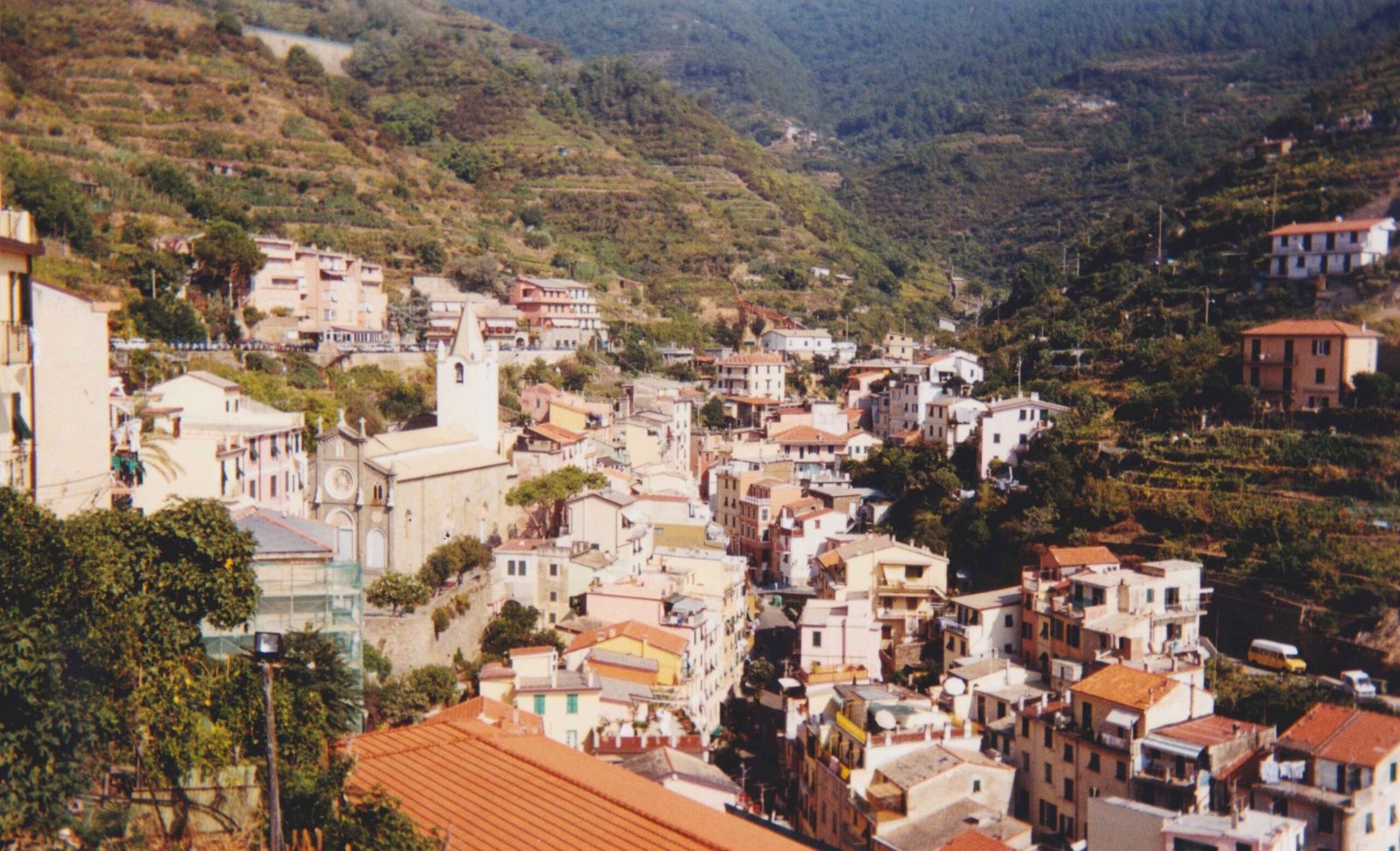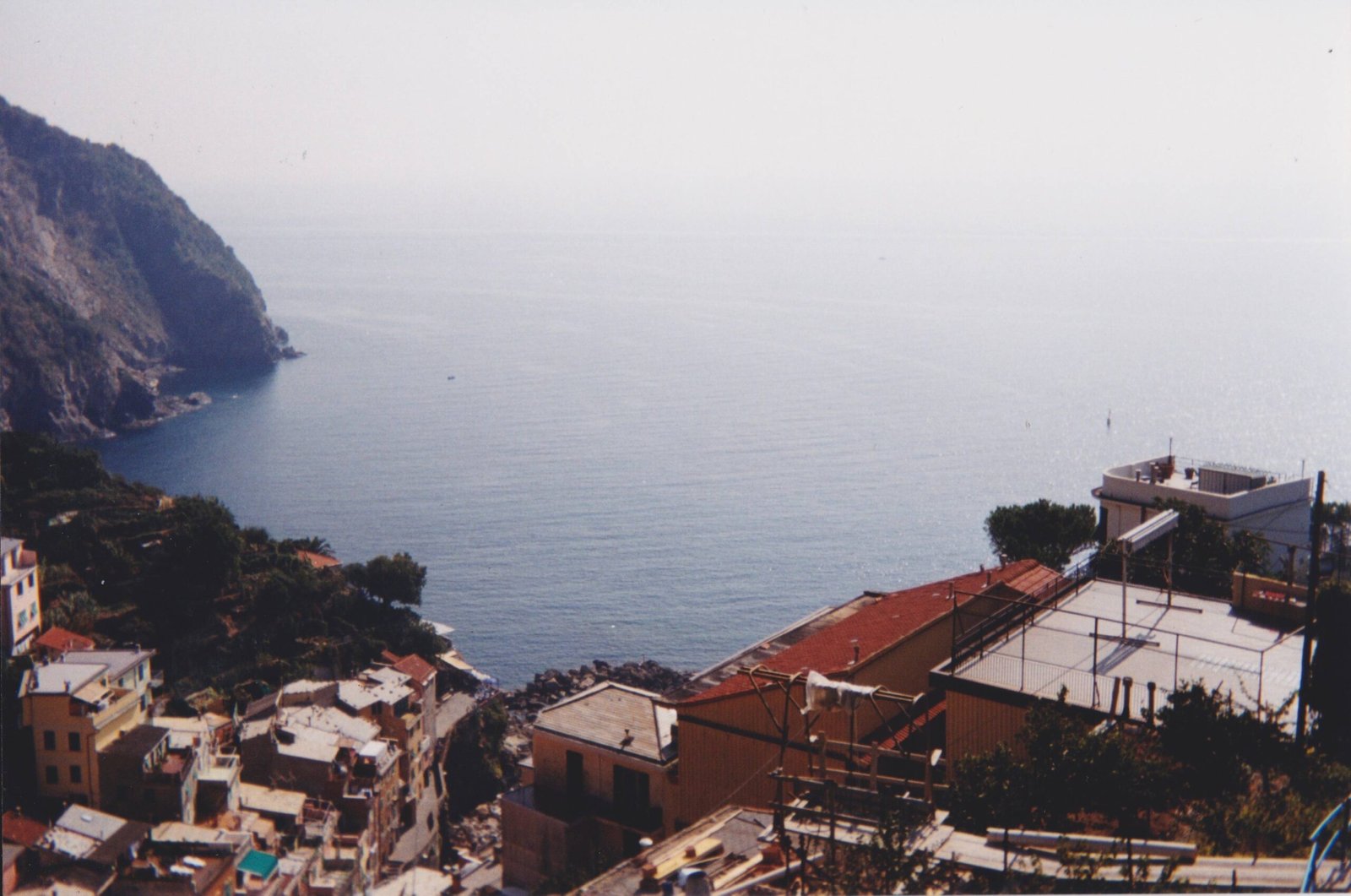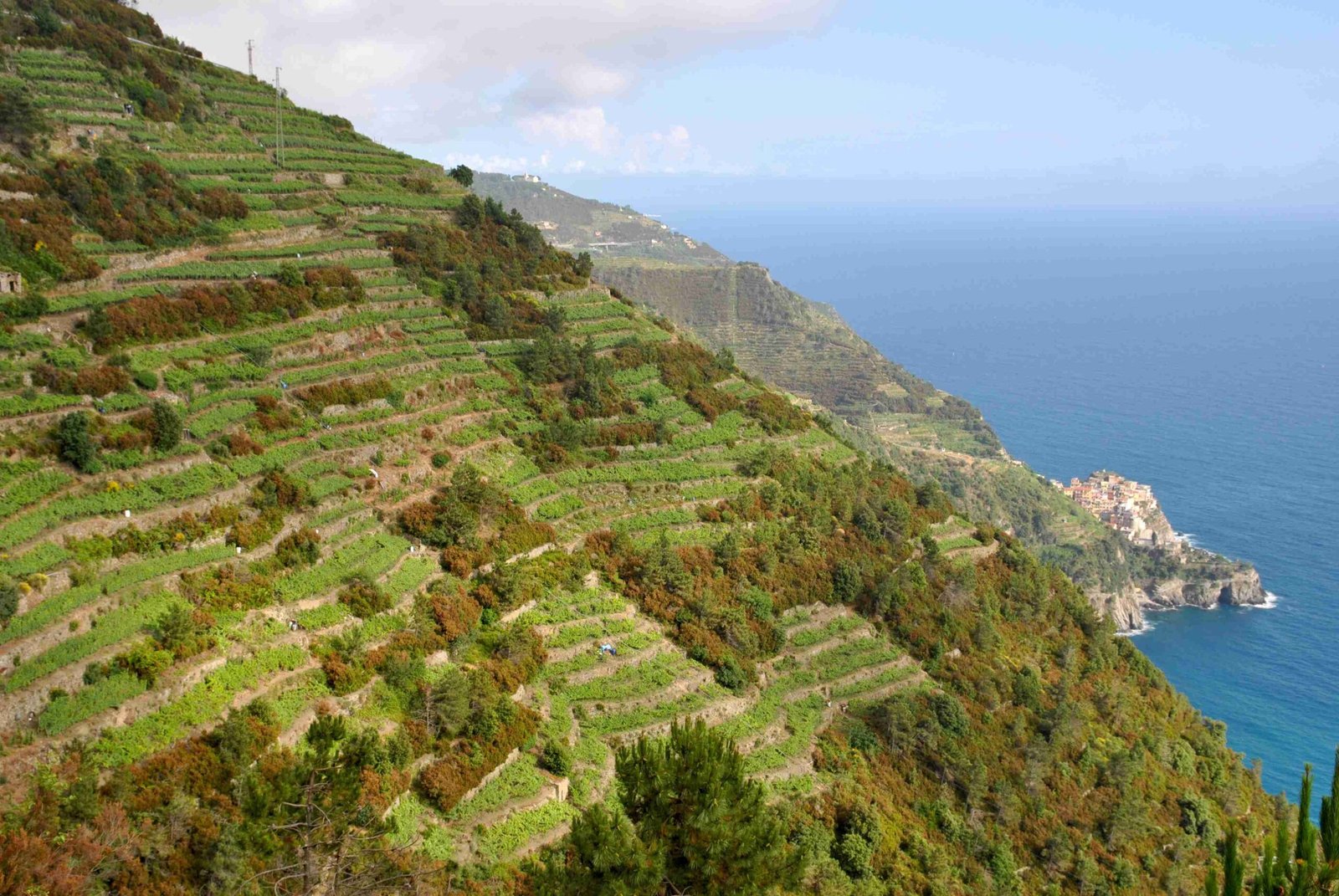Nestled along the rugged Ligurian coastline of northwestern Italy, Cinque Terre represents a remarkable geographical marvel where dramatic limestone cliffs plunge into the azure Mediterranean Sea. This compact yet extraordinary region spans approximately 39 square kilometers, featuring five historic villages perched precariously on steep terrain, with elevation changes that transform the landscape from sea level to peaks reaching over 1,100 meters within mere kilometers of the coastline.
What Makes Cinque Terre’s Geography Unique?

Geological Formation and Structural Characteristics
The geographical essence of Cinque Terre emerges from complex tectonic interactions between the European and Adriatic Plates. These geological processes have sculpted a landscape characterized by:
- Steep limestone and sandstone cliffs
- Dramatic elevation changes
- Intricate rock formations dating from Jurassic to Paleogene periods
Topographical Breakdown
| Feature | Measurement | Significance |
|---|---|---|
| Total Area | 39 sq km | Smallest Italian National Park |
| Coastline Length | 15 kilometers | UNESCO World Heritage Site |
| Highest Peak | 819 meters | Monte Malpertuso |
How Do Geological Processes Shape the Landscape?
The region’s geography results from millions of years of marine sediment accumulation and tectonic plate movements. The Sub-Ligurian geological unit demonstrates remarkable complexity, with rock layers revealing intricate folding patterns caused by ancient plate collisions.
Where Are the Five Villages Located?
Each village in Cinque Terre occupies a unique geographical niche:
- Monterosso al Mare: Westernmost village with expansive beaches
- Vernazza: Nestled around a natural harbor
- Corniglia: Perched dramatically on a hilltop
- Manarola: Situated on steep rocky terrain
- Riomaggiore: Easternmost village with dramatic cliff formations
What Geological Challenges Exist in Cinque Terre?
The region faces significant geographical challenges:
- Frequent landslides due to steep terrain
- Erosion from Mediterranean sea interactions
- Complex drainage systems
- Limited flat land for development
How Do Humans Interact with This Challenging Landscape?
Inhabitants have historically adapted to Cinque Terre’s challenging geography through:
- Terraced agricultural systems
- Intricate stone wall constructions
- Carefully planned walking trails
- Minimal urban development
Climate and Geographical Influences
The Mediterranean microclimate contributes significantly to Cinque Terre’s geographical character:
- Mild winters
- Warm, dry summers
- Moderate rainfall supporting unique vegetation
- Sea breezes moderating temperature extremes
Conservation and Geographical Preservation
Cinque Terre National Park plays a crucial role in preserving this unique geographical landscape by:
- Protecting geological formations
- Maintaining traditional agricultural terraces
- Limiting urban expansion
- Promoting sustainable tourism
Conclusion

Cinque Terre’s geography represents a stunning testament to nature’s architectural prowess, where geological processes have crafted a landscape of unparalleled beauty and complexity.

